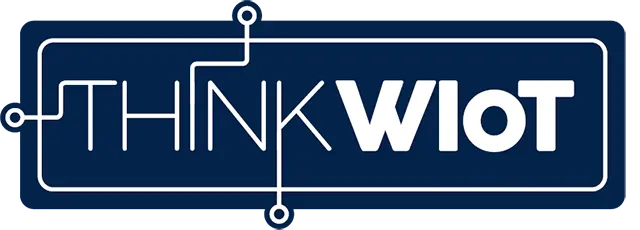Digitalization in the Process Industry: Pepperl+Fuchs Releases New White Paper

How Can Digitalization Be Effectively Advanced in the Process Industry?
Digitalization in the process industry is accelerating, and Pepperl+Fuchs is providing clear guidance on how to move forward. A new white paper outlines how companies can enable Industrial Internet of Things (IIoT) applications without replacing existing systems. Instead of disruptive change, the focus is on the intelligent combination of well-established technologies such as FDT, FDI, PA-DIM, and OPC UA.
Modern field devices already generate valuable data. The challenge is making this data usable across systems. With the right integration strategy, companies can tap into this potential and connect operations technology (OT) with information technology (IT) securely and efficiently.
"The transition to IIoT does not require starting over. It is about leveraging existing infrastructure more intelligently," the white paper emphasizes.
Key Topics Covered in the White Paper
The white paper presents a structured approach to digital transformation in process automation, focusing on the following elements:
FDT and FDI enable seamless device integration regardless of the fieldbus used, supporting commissioning, diagnostics, and maintenance.
PA-DIM provides a uniform data model for field devices, ensuring consistent parameter structures across the board.
NAMUR Open Architecture (NOA) allows access to device data without modifying core control systems, opening the door for optimization and predictive maintenance.
OPC UA delivers secure, structured, and machine-readable data exchange between the shop floor and higher-level IT or cloud platforms.
Hardware backbone components such as Ethernet-APL Field Switches and Remote I/O systems from Pepperl+Fuchs ensure reliable connectivity.
A Practical Guide to Structured IIoT Implementation
Rather than relying on disruptive innovations, the white paper demonstrates how established standards can be combined to enable scalable IIoT applications. The result is a clear path forward for process plants aiming to increase efficiency, improve safety, and prepare for future challenges.
Free Download Now Available
The white paper is available as a free download on the Pepperl+Fuchs website. Interested professionals can fill out a short form to gain immediate access.

